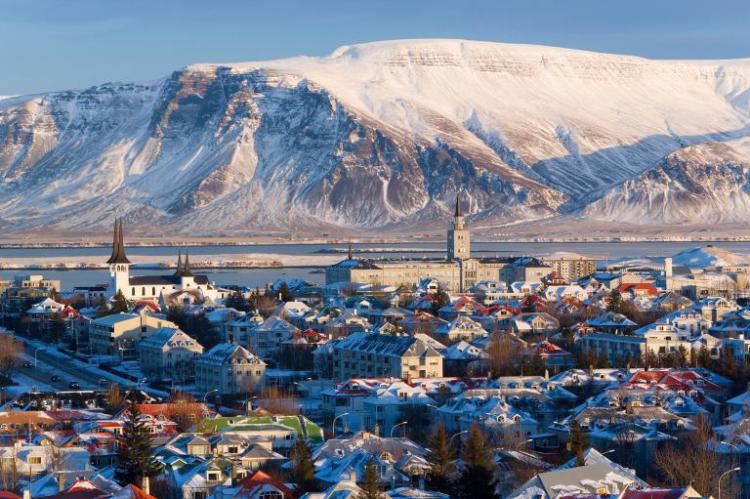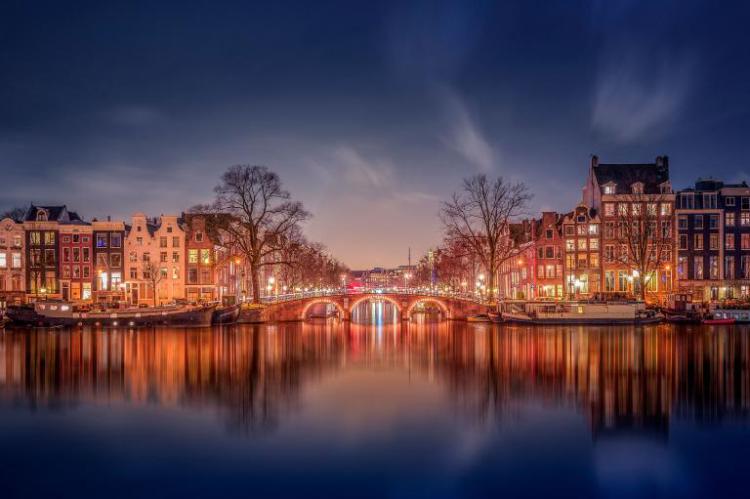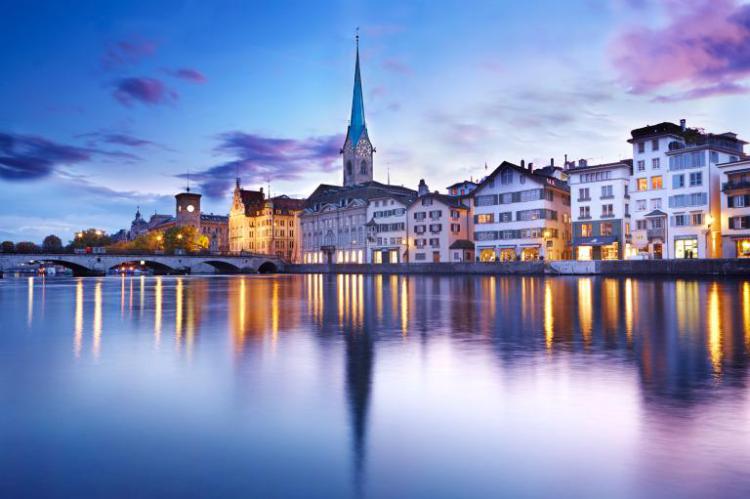(Cover photo: Tromso, Norway)
Every year, the United Nations issues a World Happiness Report, which ranks 155 countries by their happiness levels. Who knew? The star of the show is the Top Ten list … and no, the U.S. is not on that list. We did, however, rank 14th, which I found quite surprising, as I would have put us at somewhere around 114 out of 155. A few things are quite interesting about this report. First is what the report deems to be the things important to a nation’s happiness: longer healthy years of life, more social support, trust in government, higher GDP per capita, and generosity. Now you see why the U.S. is not in the Top Ten, right?

Reykjavik, Iceland
Another interesting thing … at least to this writer who is NOT a huge fan of cold weather … is that the vast majority of the countries have quite cold climates … for example, Iceland ranks #3 on the list! Iceland, for Pete’s sake! Perhaps it is a sign that people are actually happier when they do not get out much and therefore do not have to deal with other humans! Here is the complete Top Ten list:
An excerpt from the Executive Summary of the report says:
“All of the top four countries rank highly on all the main factors found to support happiness: caring, freedom, generosity, honesty, health, income and good governance.
Happiness has fallen in America
The USA is a story of reduced happiness. In 2007 the USA ranked 3rd among the OECD countries; in 2016 it came 19th. The reasons are declining social support and increased corruption (chapter 7) and it is these same factors that explain why the Nordic countries do so much better.”
Chapter 7, referenced above, is titled, “Restoring American Happiness” written by Jeffrey D. Sachs. Here is an excerpt that I found to be particularly relevant:
“The central paradox of the modern American economy, as identified by Richard Easterlin (1964, 2016), is this: income per person has increased roughly three times since 1960, but measured happiness has not risen. The situation has gotten worse in recent years: per capita GDP is still rising, but happiness is now actually falling.
The predominant political discourse in the United States is aimed at raising economic growth, with the goal of restoring the American Dream and the happiness that is supposed to accompany it. But the data show conclusively that this is the wrong approach. The United States can and should raise happiness by addressing America’s multi-faceted social crisis— rising inequality, corruption, isolation, and distrust—rather than focusing exclusively or even mainly on economic growth, especially since the concrete proposals along these lines would exacerbate rather than ameliorate the deepening social crisis. America’s crisis is, in short, a social crisis, not an economic crisis.”
Jeffrey Sachs, the author of Chapter 7, is one of the world’s best-known economists, who has advised successive UN secretary generals. In a stinging critique of policymakers in Washington DC, Sachs criticizes “naive attempts to raise the economic growth rate”. He says this prescription is “doubly wrong-headed” because “most of the pseudo-elixirs for growth – especially the Republican party’s beloved nostrum of endless tax cuts and voodoo economics – will only exacerbate Americans’ social inequalities and feed the distrust that is already tearing society apart”. The general consensus is that happiness in the US is declining and is expected to continue on a downward path, with Donald Trump’s policies forecast to deepen the country’s social crisis.
Other surprises …. at least to me, were that many European nations ranked even lower than the U.S., with Germany in 17th place, the UK in 19th, and France in 32nd. Not at all surprising was that The world’s “unhappiest” countries are all in the Middle East and Africa: war-stricken Yemen and Syria feature in the bottom 10, with Tanzania, Burundi and Central African Republic making up the final three.
I found the report very interesting and you might also. Here is a link to the full report, and from there you can, if you wish, download a pdf file for the entire report or for individual sections. I leave you to draw your own conclusions, based on Mr. Sachs’ analysis, of the current administration’s agenda and how it is likely to affect our ranking a year from now when the 2018 report is issued.

Amsterdam, Netherlands

Zurich, Switzerland
Share this:





